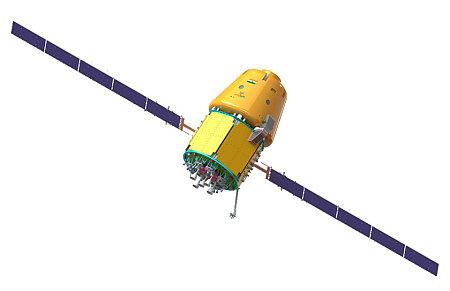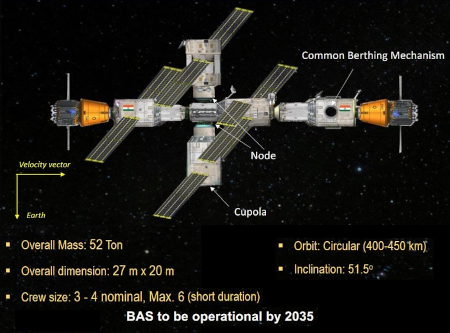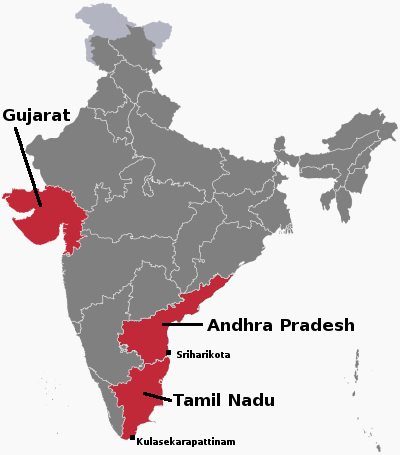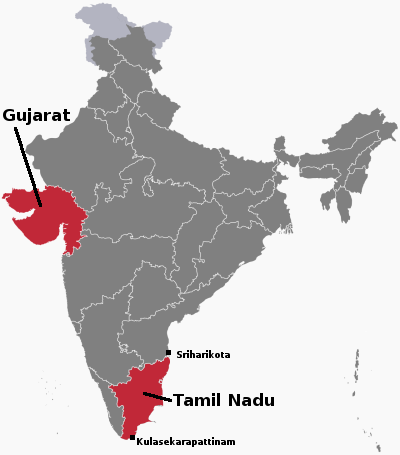India’s space agency: At least six launches in 2026
According to remarks by the head of India’s space agency ISRO last week, the agency is planning at least six launches in 2026, including two unmanned test flights of its Gaganyaan manned capsule.
Also planned will be the first launch of its PSLV rocket that was manufactured entirely by commercial vendors, rather than ISRO itself. The goal by the Modi government had been to transfer ownership of the rocket to private companies, but ISRO revised that to retain control and ownership while giving manufacture to the private companies HAL & L&T, thus defeating the essential goal of shifting power to the private sector.
The total does not include possible orbital attempts by two rocket startups, Skyroot and Agnikul.
According to remarks by the head of India’s space agency ISRO last week, the agency is planning at least six launches in 2026, including two unmanned test flights of its Gaganyaan manned capsule.
Also planned will be the first launch of its PSLV rocket that was manufactured entirely by commercial vendors, rather than ISRO itself. The goal by the Modi government had been to transfer ownership of the rocket to private companies, but ISRO revised that to retain control and ownership while giving manufacture to the private companies HAL & L&T, thus defeating the essential goal of shifting power to the private sector.
The total does not include possible orbital attempts by two rocket startups, Skyroot and Agnikul.





